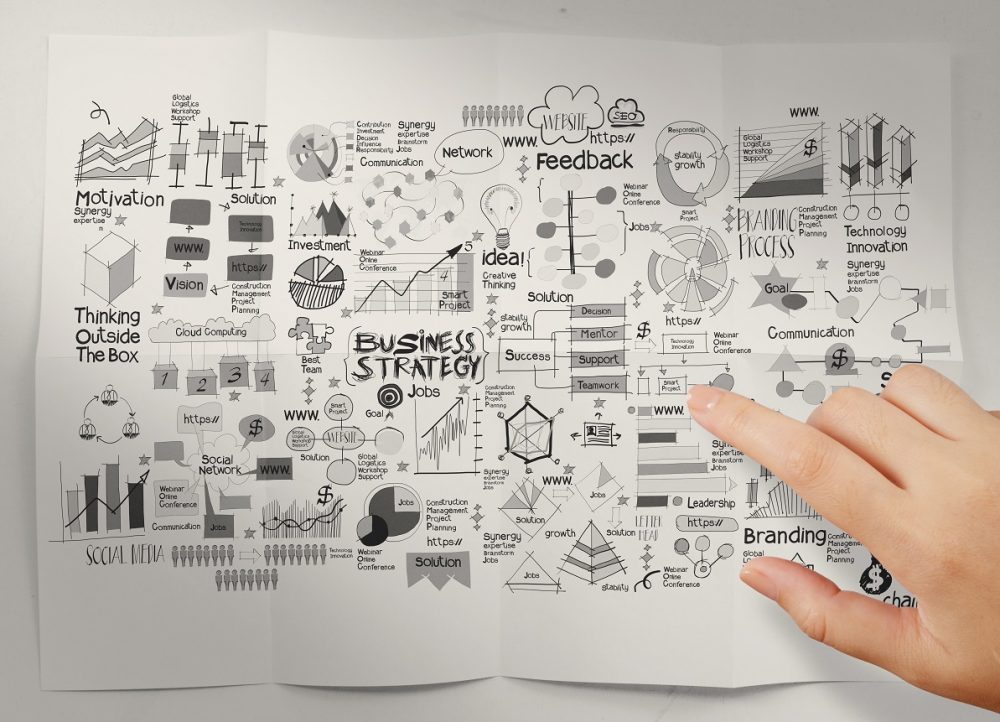Over the last couple of months, I have shared some of the key requirements for businesses to improve and succeed (Read up on Part 1 here, and Part 2 here).
This month I will share the last of the strategies and methods for business improvement. Having seen, and knowing by experience what works effectively within organisations has helped me to come up with these final items, that when combined with the tools and strategies identified in the previous two posts, will transition a business to new levels. All of these work together to build a strong platform. There will be other issues that may need to be addressed not mentioned in these posts that only time and understanding of the business will reveal. So, let’s get to it.
Regular Review – most organisations look at basic information like profit and loss, cash flow, billing, but only successful organisations undertake a thorough review of all aspects of the business. This implies that these businesses have meaningful performance measures, objectives and targets, monitoring and measuring requirements and systems that help them understand how key areas and processes are working. I have seen many organisations bogged down with useless information, and ignoring other important data that could save them. What is regular? It will be dependent on how the information is captured, how much data there is, and how much time lag is allowed before action becomes critical. (find out more about our Management Systems Consultancy Services) But the review itself is not enough.
Action – Successful organisations take action and correct deficiencies when they occur. If trends show an issue or one-off problems show concern, action must be taken to rectify. Not the band-aid treatment, but fixing the underlying cause. From the review, action should be a natural consequence.
Communication – proactive communication demonstrates a healthy organisation. The right information is supplied to the right groups in a timely manner, clearly and concisely. Sure, somethings have to be confidential, but don’t take this to extreme.
Engagement – different from communication, this is soliciting stakeholder feedback and understanding. Whether it is suppliers, customers, employees, shareholders or others, engagement with the right people can prevent early heartache and make sure things work well from the beginning.
Lastly, drawing back to last months post regarding people; Competence – you can have the most qualified and learned people in your market but if they are not competent in your business, to meet its need, to have the necessary skills and capabilities, then it can all be a waste of time. It is more than training, education and awareness. Having the skills necessary to implement your processes successfully is an absolute.
There are so many other characteristics or terms we can discuss like innovation, creativity, or vision, but many of these are a result of the culture, or the systems, or the people. Where the strategies and methods above have been applied well, businesses function so much better. Yes, and all of these take time, resources and commitment, but setting up the right systems and processes to manage these allows the business to be efficient. Let me just make one final statement; invest the right level of resources to achieve the right degree of results. Don’t scrimp or expect something for nothing.
Invest in your business today; contact us and let us work with you and your business to reach new levels of achievement and success.
“Learning and innovation go hand in hand. The arrogance of success is to think that what you did yesterday will be sufficient for tomorrow.”
William Pollard

